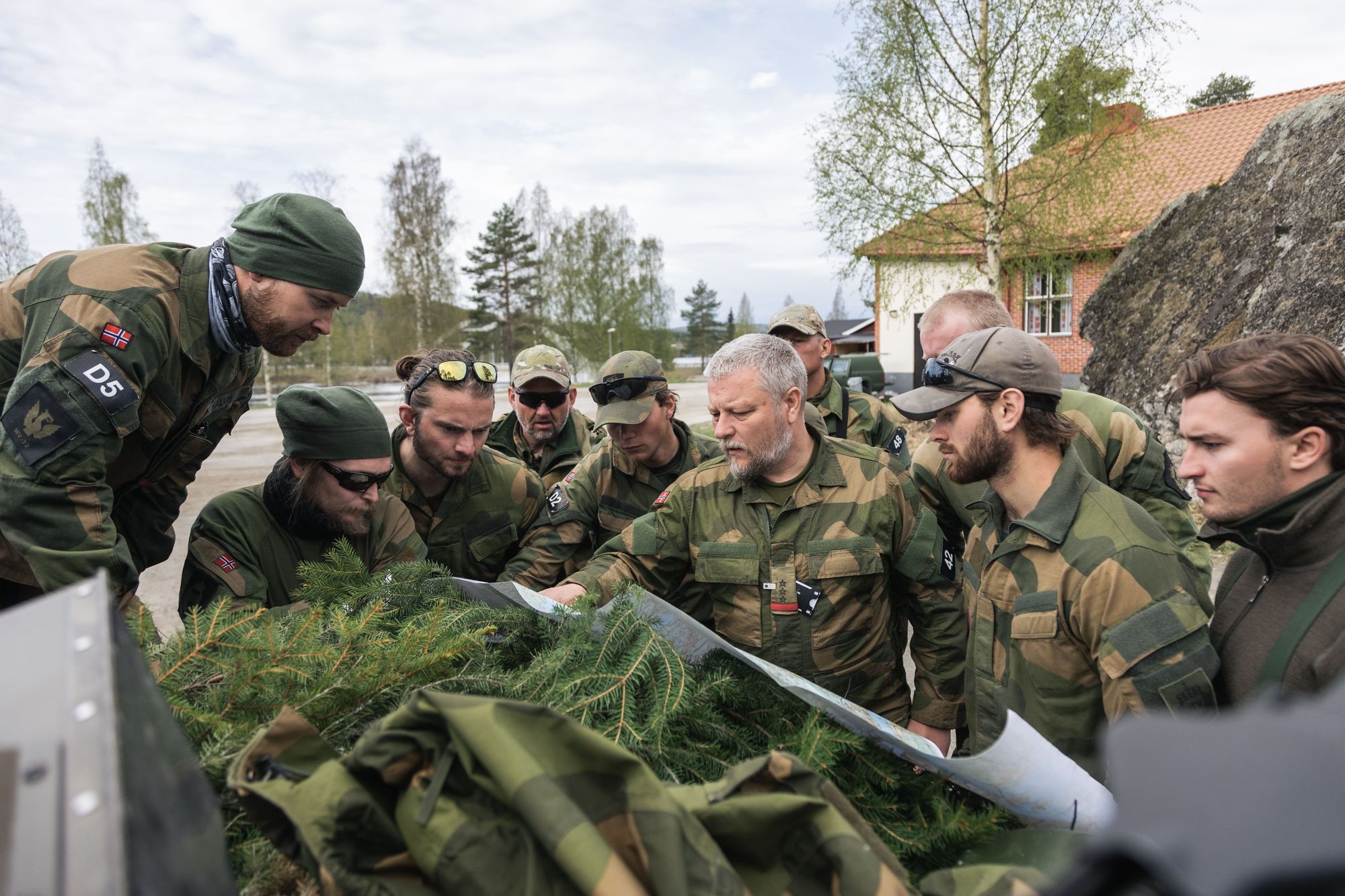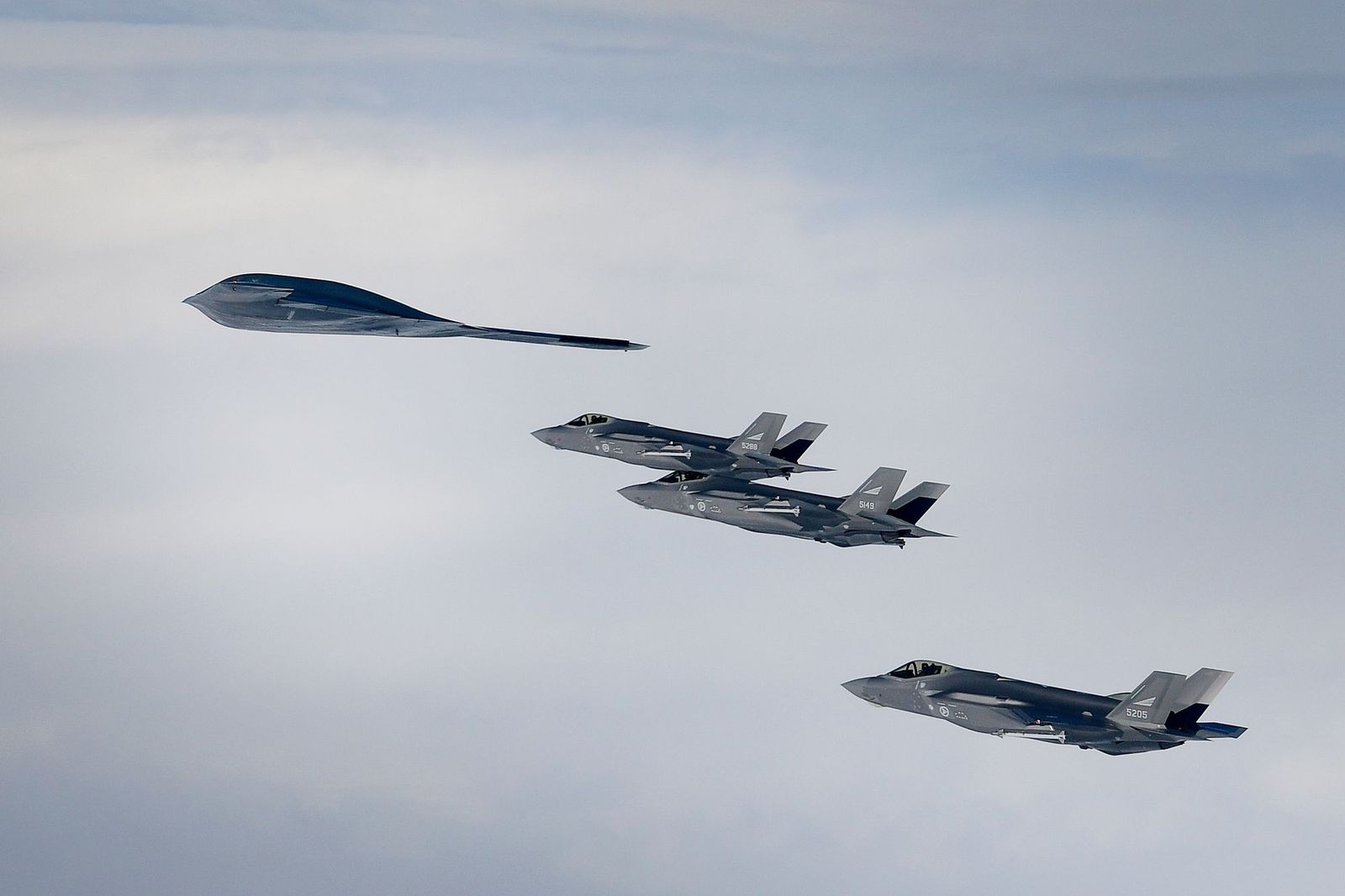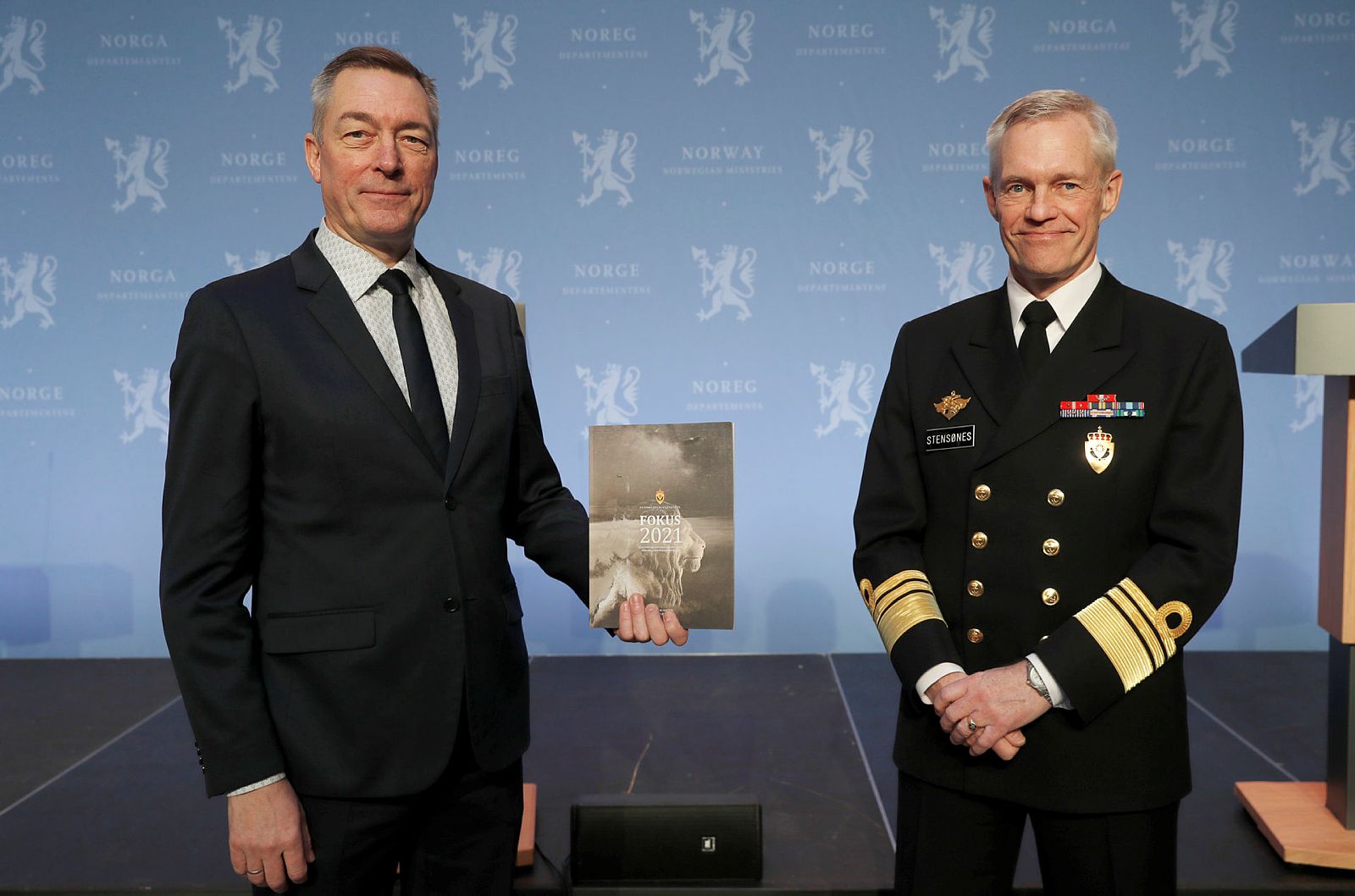The 2014 surprise annexation of Crimea by Russia and the follow-on conflict in Ukraine sent shockwaves throughout European capitals. Politicians and defense practitioners scrambled to quickly evaluate their national defense strategies and military capabilities leading to uncomfortable findings. Following several wargames and simulations across the Baltics and Poland many countries facing a direct threat from Russia had to realize that their expeditionary operations focused defense enterprises were incapable of defending their sovereignty and territorial integrity in case of a Russian attack. Recognizing the numerical and in some cases technological advantages of Russia as well as the lack of time and space to mount an effective in-depth conventional defense against a Russian attack Scandinavian and Baltic countries quickly revitalized what they call “Total Defense” strategies. This concept is based on the combination of conventional military activities and civilian resilience and resistance during foreign invasion. The total defense approach requires strong physical and psychological foundations and seeks to institutionalize resilience and collaboration across the whole of society. Although there still are staunch defenders of conventional force designs in these countries the existence of Total Defense approaches suggests that decisionmakers recognized that their conventional military formations are inadequate to defeat a Russian attack and shift their focus towards resistance. The core of the idea is that resistance forces would be able to inflict significant damage on Russian formations, lines of communications and logistic hubs which would severely disrupt the invader’s operational plans, delay its advancement, and increase the overall cost of the invasion. These factors would enable the Scandinavian and Baltic states to avoid total national collapse and allow time and space for allied and partner forces to arrive and defeat the Russian forces.
What is extremely puzzling about these total defense strategies is the recognition of the highly likely conventional defeat and resistance as the only viable option for the underdogs. At the same time, these approaches also demonstrate a complete lack of willingness to design, build, train and equip a professional force to execute such strategy and instead rely on ad hoc and improvised solutions. Just like currently existing conventional forces were built to fight conventional wars, if that is not an option then simple logic would dictate to design a new force for resistance warfare. If those countries who has recognized the conventional defense is not an option for them want to maximize their chances of deterring and defeating Russia, their first step must be the complete breakdown of western military culture and the dismantlement of their existing defense forces. These countries must create a completely remodeled defense framework that is by design, best suited for their new approach. Countries with total defense strategies should abandon the idea of trying to mount a conventional defense against Russian aggression and should instead focus all their resources and efforts on the resistance phase of the conflict. These countries must break from the traditional military culture and get rid of its most fundamental elements such as conventional services, unit formations, training and education frameworks and rank structures. They must create a purpose-built professional irregular/resistance force.
Small countries` resistance-based approaches only has a chance to succeed against Russian occupation if it is executed by a force that is specifically selected, organized, educated, trained, equipped, and supported for such operations instead of national guard or reserve type units. To find examples of such formations, planners should not turn to the romanticized notions of World War II resistance networks; rather, they should draw lessons from the recent and for many people very uncomfortable cases such as the Taliban, Hezbollah, and ISIS. To be sure, these groups employ certain tactics that represent clear violations of the law of armed conflict and that should certainly not be adopted. However, they have undeniably achieved significant success against the largest and most advance militaries over several years—which presents a strong case that some of their practices, especially if they were to be implemented with the backing of a nation-state’s resources, would be extremely effective against the Russian military. Both realism and prudence suggest that it would be strategically wiser for vulnerable countries to direct their limited human and financial resources toward the creation of such forces than to waste them on the maintenance and further development of conventional forces. The budget, size, the capabilities and most importantly the capacity of these current forces are, frankly, meaningless in the event of a conflict with Russia. By contrast, dismantling these frameworks and reallocating resources would allow these countries to create and maintain a much larger irregular force that would be much more effective in the event of a Russian aggression and could be still supported and augmented by civilian volunteers.
Although there are considerations unique to each nation that has implemented total resistance strategies, one can still identify some initial and common factors that they might consider while designing and building their professional irregular defense forces. First, these forces must differ from current hierarchical military formations and must be flat organizations. They should be comprised principally of small units—as many of them as can be resourced—that can conduct unilateral operations while maintaining the ability to swarm on a target and operate as part of a larger formation. The units should be organized much like current special operations forces or insurgent formations and manned by individuals with specific expertise (medical, engineer, cyber, intelligence, communication, demolition, Russian language, etc.). Military education and training infrastructure and supporting educational material should be tailored to support the professional development of such capabilities. This new type of force must also be specifically equipped for resistance operations. Professional irregular defense forces should abandon traditional military equipment such as tanks, artillery pieces, and armored vehicles, and instead be equipped with hardware that enables them to inflict maximum damage on the occupying force while reducing the effects of its conventional weapons systems or even making them completely irrelevant. The weapons and equipment used by the professional irregular force should be produced within the given country to ensure self-sustainment to the greatest extent possible. These forces should employ swarms of unmanned and remote-controlled platforms, stockpile and pre-position thousands of shoulder-launched antitank and antiaircraft missiles, weaponize commercially available robots, and develop high-tech improvised explosive devices. Nonmilitary platforms should be produced in a way that they can be weaponized or at least utilized to military purposes. Simply put systems must be small, numerous, smart, stealthy, fast, mobile, low-cost, survivable, effective, easy to develop, maintain and preserve, and difficult to detect and counter.
The characteristics of the operational environment will also play a crucial role in the potential success of the total defense approach and the effectiveness of the professional irregular forces. Since rough natural terrain will remain a key enabling factor for the resistance force and a major limiting factor for the occupying force it is crucial to maximize the benefits of existing terrain while also creating artificial features. Infrastructural preparation of the country should be a heavily prioritized task within the total defense concept. Because of modern technological developments, twenty-first-century resistance concepts only have a chance to succeed in areas where the capabilities of the modern intelligence and weapon systems can be degraded or rendered irrelevant. The preparation and enhancement of natural terrain features and urban areas to best support the operations of the irregular warriors are crucial for success. Countries should enhance and fortify existing features and build new artificial ones to limit the maneuver abilities of the occupying force while maximizing the effectiveness of the irregular formation. Countries should also turn urban areas into fortresses by preparing underground avenues of approaches to potential targets and preparing escape routes, pre-positioning weapons caches, building camouflaged field hospitals, pre-mining key terrain, and building dummy positions to mislead occupying force intelligence.
Additionally, countries developing their purpose-built forces must exploit conventional militaries’ increasing dependence on technology, especially in the cyber domain. Countries building total defense concepts should develop capabilities and capacities that can support the irregular forces’ activities in the cyber domain both defensively and offensively. Investing significant resources into cyber capabilities that can mitigate Russian military capabilities is vital. Pre-positioning cyber experts and equipment in allied countries to avoid adversarial efforts to disrupt the defenders’ cyber operations is also a potential consideration as a part of the total defense concept.
Planning for existing military organizational frameworks to serve as cornerstones within a total defense concept and then leaving the majority of the work to loosely defined amateur homeland defense forces cannot succeed against Russia. Countries should harvest from the extreme edges of military strategic thought. Instead of looking at the modernized re-creation of the Forest Brothers of World War II or the stay-behind groups of the Cold War, a better result would come from combining the lessons that we have learned from our most recent enemies. These groups were remarkably successful despite ad hoc organizational structures, limited supplies, and “primitive” weapons against the most advanced militaries in the world. A professional force that is trained for such operations for years, equipped with state-of-the-art and purpose-built weapons, and deployed in a specifically prepared battlefield would be even more successful against Russian aggression—and certainly more so than the small conventional forces vulnerable states currently have.
Some European countries are at historic turning point. They should understand that their asymmetric defense approaches can only deliver the most optimal outcomes if they are executed by a purpose-built force instead of amateur homeland defense formations. They must be willing to replace deep rooted conventional concepts, military organizations, and their associated fighting machines with completely new ones. Winston Churchill famously declared during World War II, and at a time when the British nation was facing considerable danger, that “we shall fight on the beaches, we shall fight on the landing grounds, we shall fight in the fields and in the streets, we shall fight in the hills; we shall never surrender.” The fact that Baltic and Scandinavian countries have started to implement total defense approaches clearly demonstrates that they understand that they will face similar situation if Russia decides to attack. But while Mr. Churchill never had a chance to design and purpose-build a force for such a fight before the war, the countries in question are given this luxury. The only question is whether they are ready to use their chance.
Foto: Forsvaret







